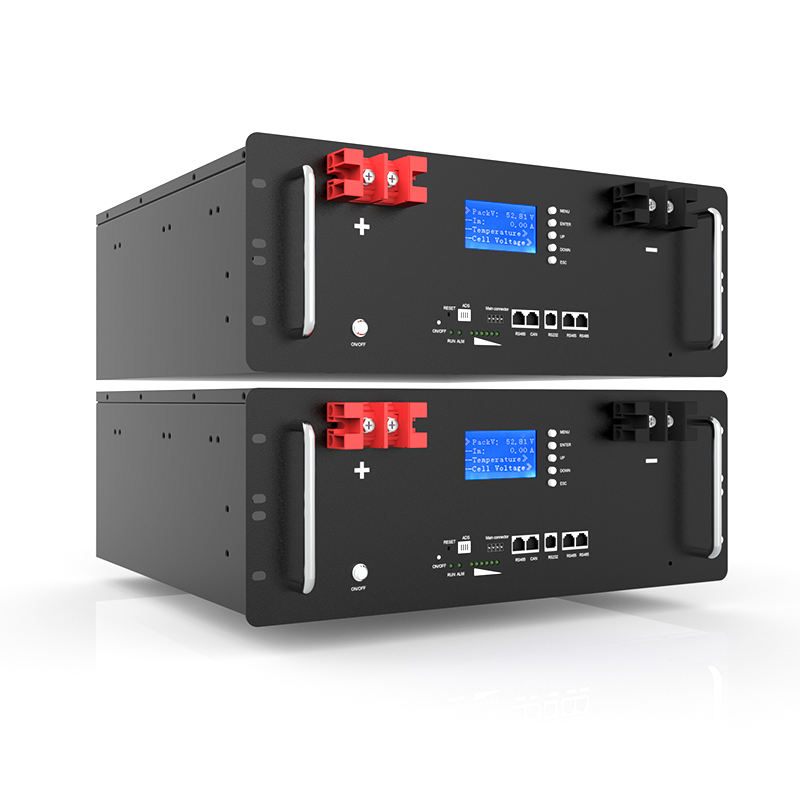Generally including: positive, negative, electrolyte, diaphragm, positive lead, negative lead, center terminal, insulation material, safety valve, sealing ring, PTC, CID, battery shell and electrode lead.
The structure of lithium battery is mainly divided into winding type and stacking type. The liquid lithium battery adopts the winding structure, while the polymer lithium battery has both. The winding type places the positive diaphragm, the diaphragm and the negative diaphragm in turn, and the winding type is cylindrical or flat columnar; the stacking type stacks the positive, the diaphragm, the negative, the diaphragm and the positive in such a way that all the positive electrodes are welded together to lead out, and the negative electrodes are welded together to lead out.
Related News
- High-Performance 12V Battery Packs | Reliable Energy Solutions
- Home Energy Storage Systems in 2025 Trends, Benefits, and Market Outlook
- The Five Fundamental Design Principles for Energy Storage Cabinets
- Safety Guide for Homes with Solar Power Generation, BESS and EVs
- How Long Do Electric Vehicle Batteries Last? Comparing Lead-Acid & Lithium
- Application of lithium battery in ship
- How to transport lithium batteries more safely?
- New Trends in the Home Energy Storage Market
- This article will show you the difference between prismatic and cylindrical batteries
- What is cell balancing in batteries?







